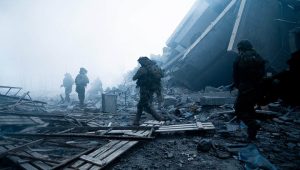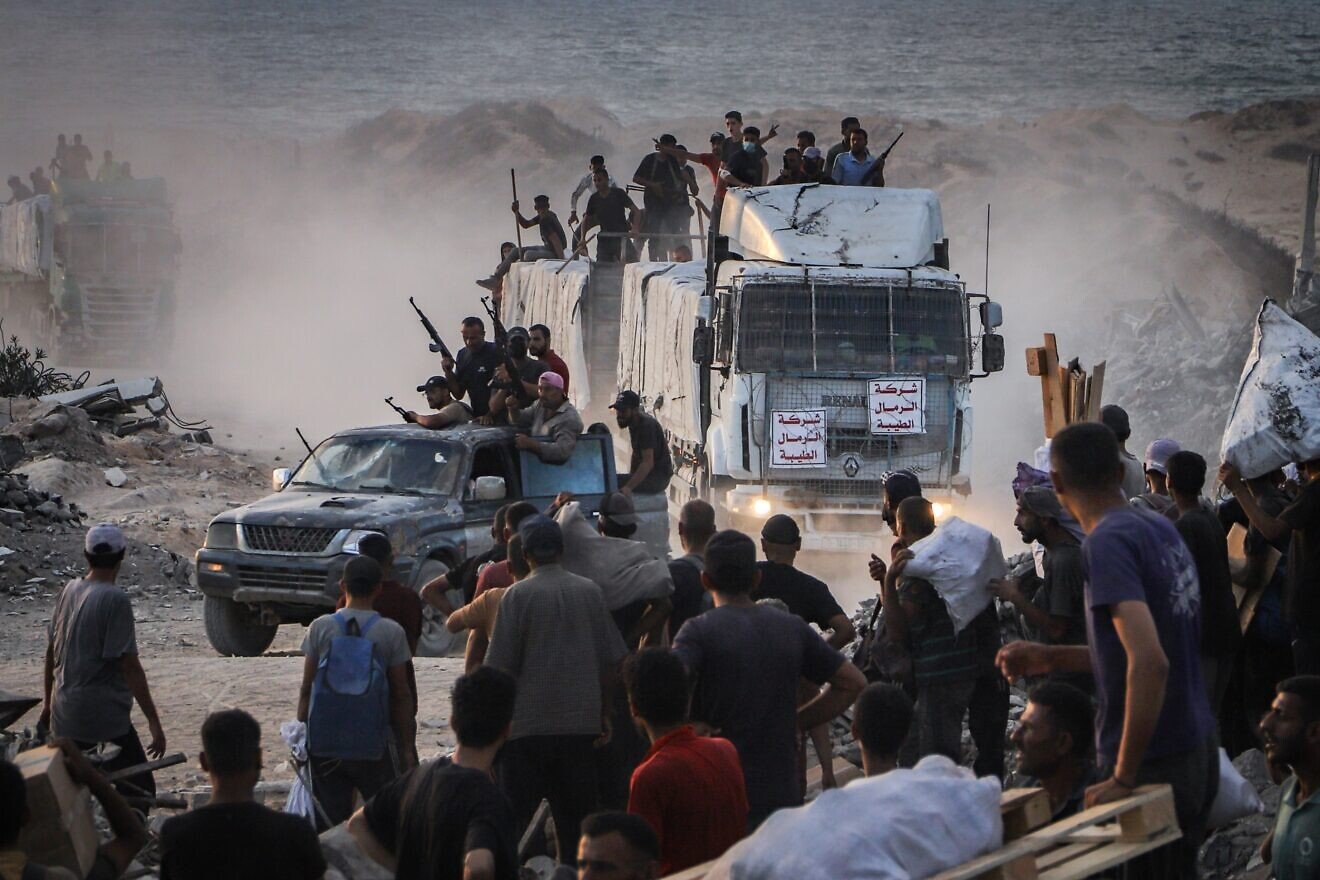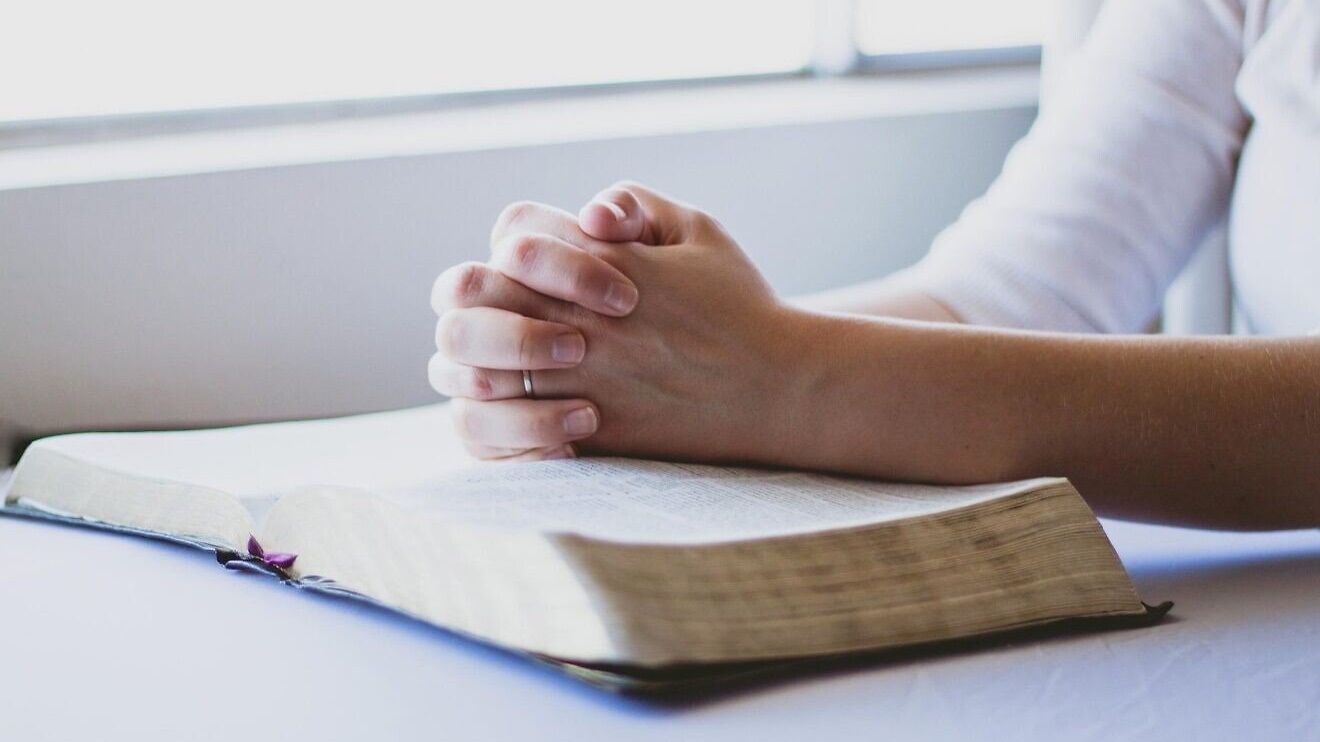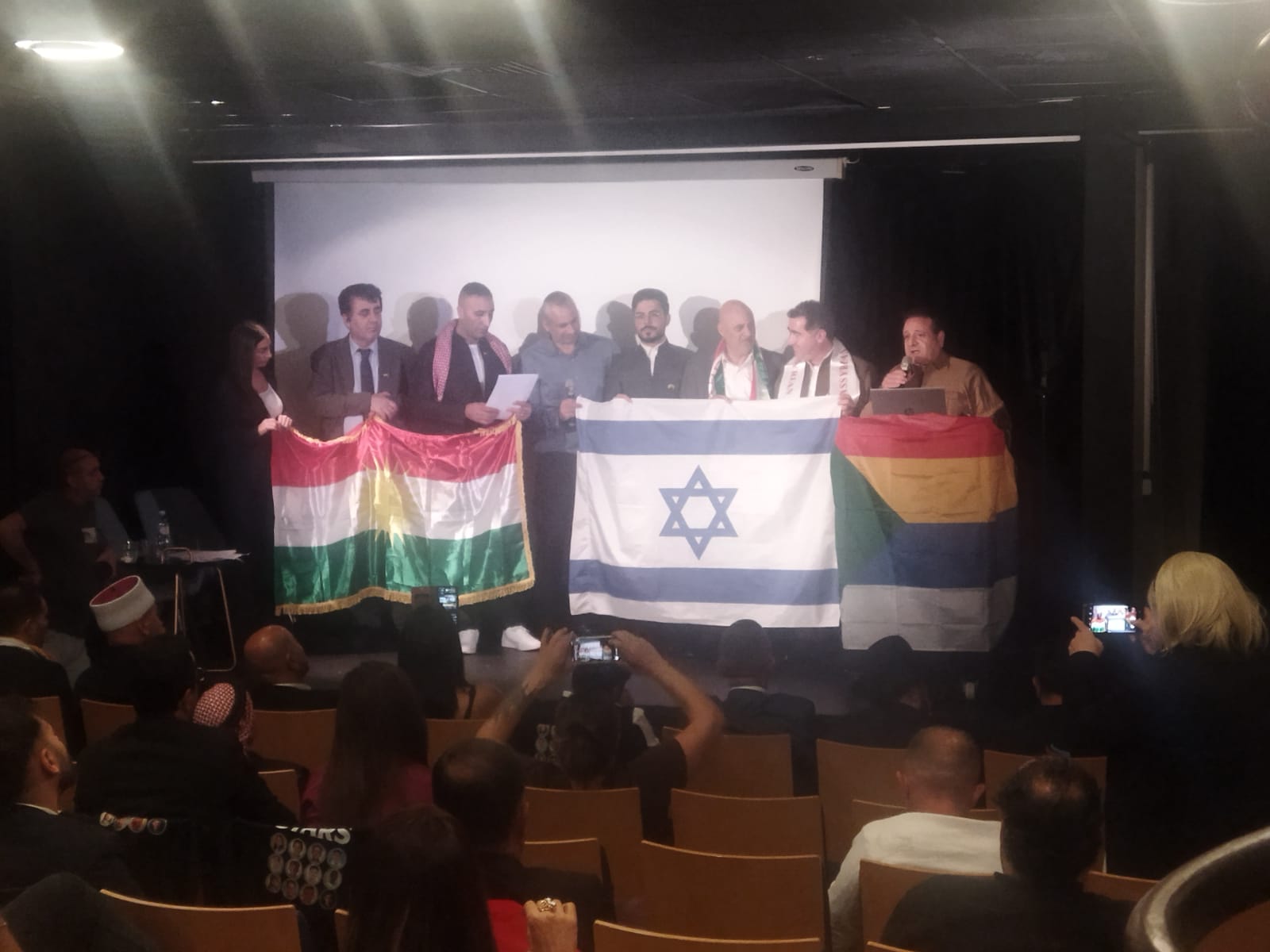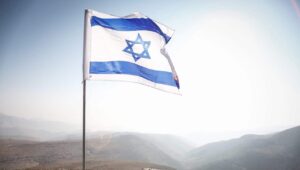Overnight, the world body confirmed the American draft resolution—known as Resolution 2803—with 13 yes votes and 2 abstentions (Russia and China, without a veto). Below are the most important contents—particularly relevant are sections 2 and 7.
- Support for the peace plan (Trump’s 20-point plan)
- The Security Council approves the “comprehensive plan.”
- It acknowledges that both sides have accepted the initiative.
- It calls on all parties to fully implement it and comply with the ceasefire.
- Establishment of a “Board of Peace”
- A temporary international administrative structure will be created to coordinate Gaza’s reconstruction and organize international financing.
- The Board will remain active until the Palestinian Authority (PA) has implemented fundamental reforms and can resume effective control over Gaza.
- Following successful PA reform, a realistic path to the establishment of a Palestinian state could emerge.
- The United States shall promote political dialogue between Israel and the Palestinians.
- Massive humanitarian aid for the Gaza Strip
- Aid deliveries must comply with international legal standards and must not fall into the hands of armed groups.
- Distribution will be carried out jointly with the UN, the Red Cross, and other international actors.
- Authorization for states to establish operational entities
Participating states may establish institutions that:
- Take over transitional administration of Gaza;
- Rebuild infrastructure;
- Provide services;
- Deliver humanitarian aid;
- Facilitate the movement of people and goods; and
- Fulfill all other tasks necessary to implement the plan.
- Financing
The entities to be established will be financed from state donations as well as through financing mechanisms of the Board of Peace.
- Role of the World Bank
The World Bank and other financial institutions will establish a special fund for Gaza’s reconstruction and development.
- Establishment of an International Stabilization Force (ISF)
- States commit to establishing a temporary international force under a unified command; this command must be approved by the Board of Peace.
- The force will coordinate with Israel and Egypt.
Tasks of the ISF deployment:
- Monitoring the ceasefire
- Ensuring security and stability
- Destroying terrorist infrastructure and preventing its reconstruction
- Disarming all non-state armed groups—including Hamas
- Protecting the civilian population
- Supporting humanitarian measures
- Training vetted Palestinian security forces
- Coordinating humanitarian corridors
IDF Withdrawal:
- Israeli forces shall withdraw gradually—according to agreed milestones and the progress of demilitarization.
- A small Israeli security corridor along the border may remain in place until the terrorist threat is completely eliminated.
- Duration of the mandate
The powers of the Board of Peace and the international presence apply until December 31, 2027, with the option for extension by the Security Council.
- Call to the nations of the world
All nations are called upon to provide personnel, equipment, and financial resources for the Board of Peace and the stabilization force and to recognize their decisions.
- Reporting obligation
The Board of Peace must report to the Security Council every six months on the implementation of the initiative.





